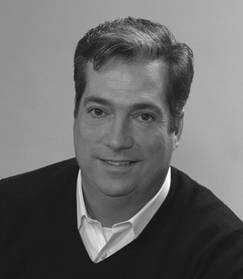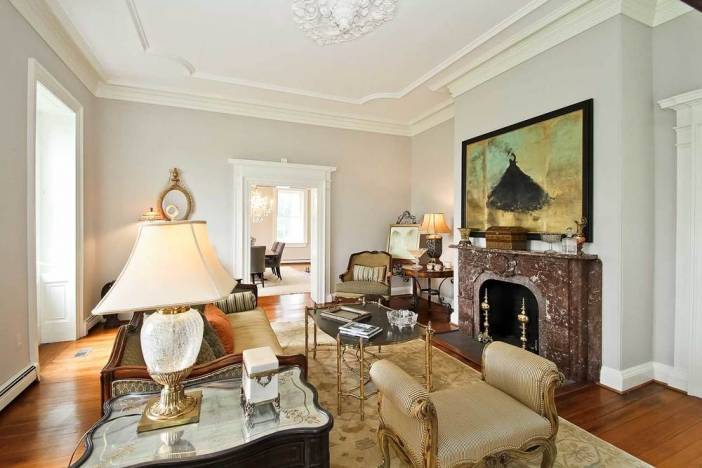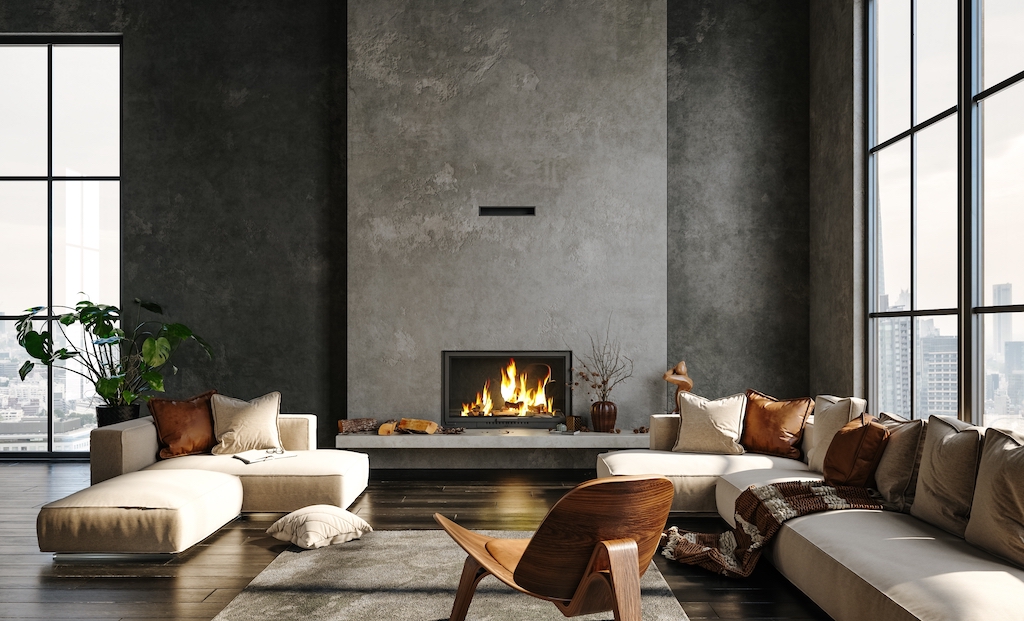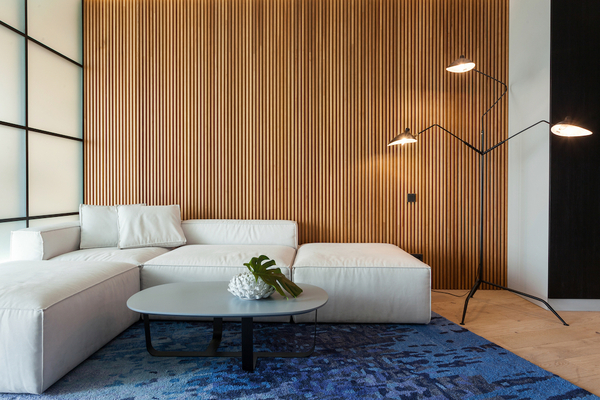What is your strategy for approaching projects that need to be completed in a small timeframe?
Paradoxically, we actually spend more time with the clients up-front and explore their needs and wants for the space. As much as possible, I try to “test” their degree of having vision and work with them as much as possible to get clarity of direction. Normally we have the important time to go through the experiential process of design with the client, and with quick turnarounds we have less of that time to develop the style and course of action. This also means that there is less time to build the relationship, trust and confidence with the client, so I really try to have one big install day to cement the experience. Of course checking all products so that they are in stock or will be produced in time is just a given.
We are a full-service design firm that also handles the procurement, reception, and delivery of the items, so everything is within our control. The trick is to get help from some of your custom vendors to push the timeframes and still get the unique aesthetic our clients really want from us. Unfortunately there are sometimes unrealistic time expectations and clients have been trained to bundle the time constraints with a juicy project, and we are all tempted to just say "yes" and go for it. However, I have never had that work out, and find it very, very important to re-frame the client’s paradigm as to timeframes.
When you complete a design project, what are some of the things you do afterward to make sure the client is 100% happy with the final product?
The first steps are in the planning—with any of our installations, I try my best to have a reveal for seeing everything at once, and revealed in context. It only took a couple of times in my earlier years, when we would let something come along and be delivered early—only to have the client’s second-guessing develop. While understandable, it was never a good thing. I now make sure that things arrive as one, and have the reveal done in context with architectural details, lighting, and painting finished before we move things in.
Also, I just ask them how happy they are. Normally not a close-ended, “Are you happy with the results?” but more of “How happy are you with it?” or, “Is it what you expected?” With residential interior design, the question is pretty subjective, but with small luxury hotels, restaurants, lobbies and boardrooms, the questions are more specific such as: “How well do you think we were able to articulate your brand?” or, “Do you think we have captured (and) how will the target demographic respond?” and, “Does this make the impression you had hoped for?”
Also, I find time to re-visit after installation and follow up with the client to walk through their home and talk about care and maintenance, how the space is working for them, and things like that. In a boutique hotel the questions are similar: “What do you think about the durability of the banquette fabrics?” “Did you still want to add the lighting we talked about?” and, “Would it help if I met with the housekeeping and maintenance departments about care and cleaning guidelines?” All of this elicits a good conversation with which I can gauge my client’s real satisfaction with the project.






